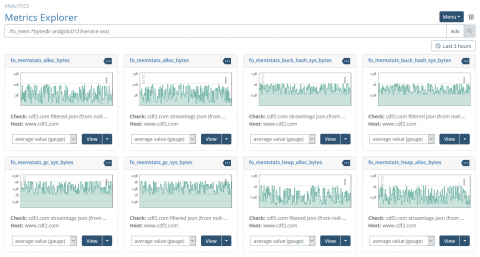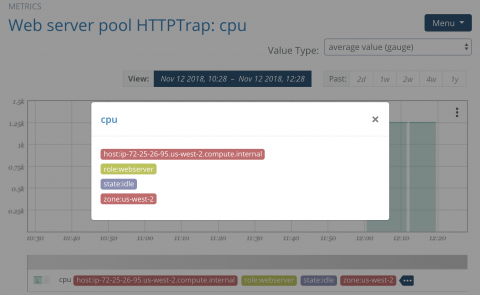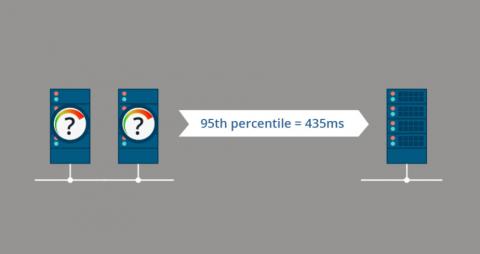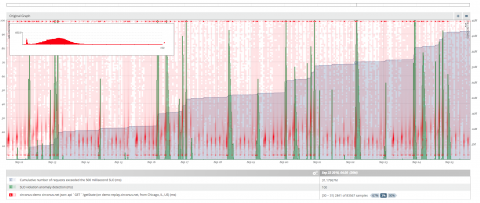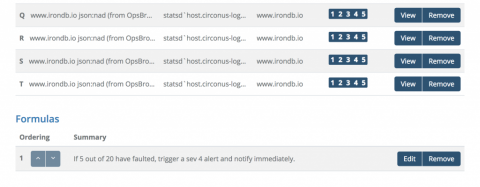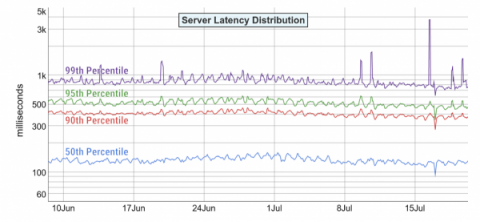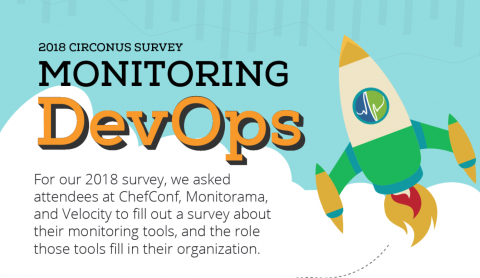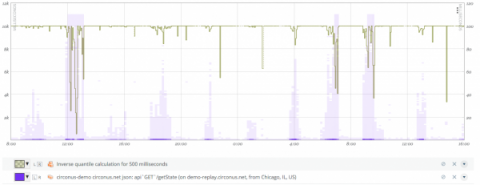How Safe is Your Home's Air? The Internet of Things and Air Quality Monitoring during Wildfires
Over the past few weeks, the Camp Fire in Northern California and the Woolsey Fire in Southern California have devastated people and property. There has been tragic loss of life in the town of Paradise, and California’s firefighters remain tasked, once again, with the difficult job of containing and extinguishing the flames. What no one can contain, though, is the spread of hazardous wildfire smoke.



